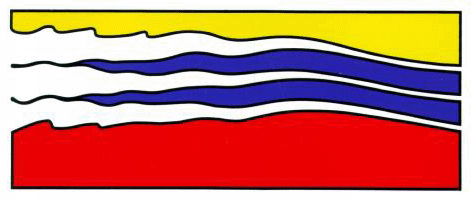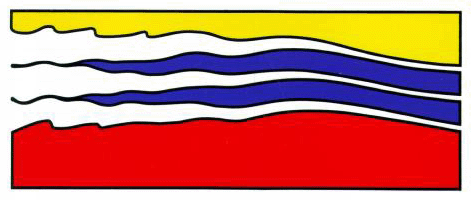
4111 Monarch Way, 3rd Floor
Old Dominion University
Norfolk, VA 23508
757-683-4940


The James River has the strongest and most persistent
classical estuarine circulation among the major tributary estuaries of
the Chesapeake Bay system. The strong exchange flow transports huge
amounts of the cleaner lower Bay water into the bottom waters of the
Lower James. This results in the James having the rarest occurrence of
hypoxic conditions among the Chesapeakey Bay major tributary estuaries.
In addition to this strong circulation, there is an extensive
topographic eddy controlling the lateral circulation in the Lower James
River and the Hampton Flats. The interaction of this lateral
circulation and a topographically arrested estuarine front, located
offshore of Newport News Point, contributes to the success of seed
oyster beds in the tidal James. Recent observations show that this
eddy, together with transport between the lower James and Elizabeth
River, results in a phytoplankton bloom in the lower James after the
bloom develops in the Lafayette River. Numerical model studies of
circulation, transport processes, and exhanges between
estuary-subestuary are discussed. Two timescales are introduced to
diagnose the competition between vertical mixing and gravitational
circulation and their impact on the dissolved oxygen level in deep
waters. Coupling with a biochemical timescale of oxygen consumption,
the hypoxic conditions in deep waters may be successfully interpreted
with the relative magnitudes among the timescales. The sea-level rise
and its potential impact on salinity inside the James River are also
discussed.
Dr. Jian Shen received his Master's and Ph.D. degrees in Marine Science from the Virginia Institute of Marine Science (VIMS) of the College of William and Mary. He then served as a Senior Environmental Engineer at Tetra Tech, Inc. in Fairfax, VA for five years, where he primarily conducted research on watershed model development and three-dimensional numerical modeling of eutrophication and toxic transport processes in estuaries, lakes, and rivers. In 2002, he returned to VIMS to serve on the faculty of the Physical Sciences Department and now serves as a Research Associate Professor. His research includes estuarine circulation, water quality and eutrophication modeling, storm surge simulation, and data assimilation. Specific interests include biochemical and physical coupling in estuarine and coastal environments, inverse modeling of water quality in estuaries, and transport timescales of estuarine processes.

|
Innovation Research Park Building I 4111 Monarch Way, 3rd Floor Old Dominion University Norfolk, VA 23508 757-683-4940 |

|